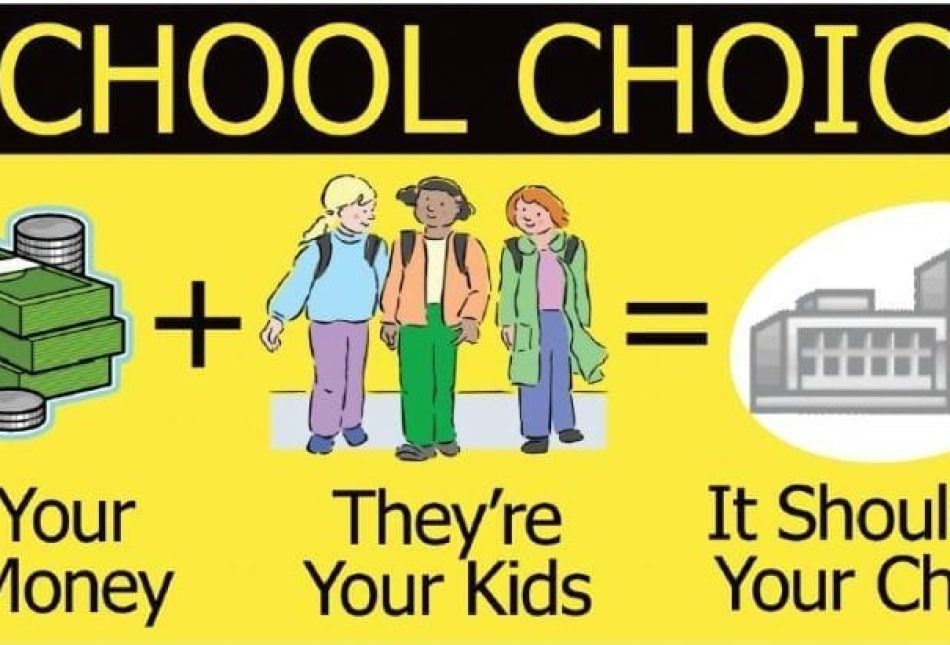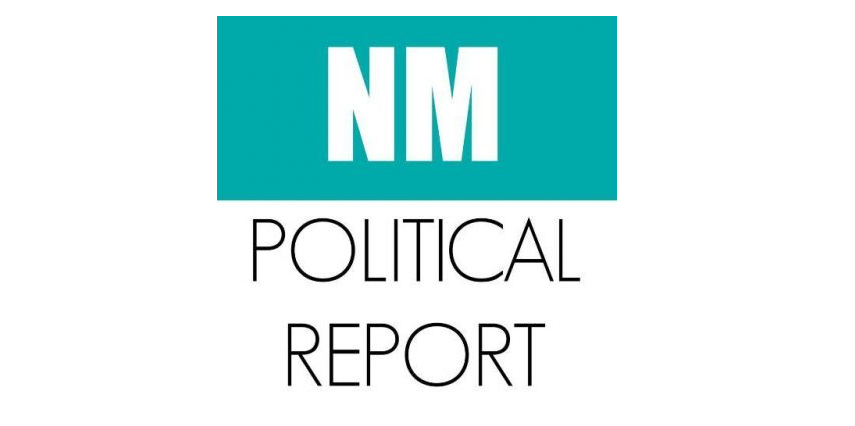School choice needed for education progress in New Mexico


It’s back to school time in New Mexico. But throughout the summer three big education-related headlines have framed education policy issues that will impact our school children this year and for years to come.
- The recently-completed court hearing as to whether New Mexico’s education system is “adequate” and whether the courts should attempt to force legislators to spend as much as an extra $600 million on K-12;
- Sen. Mimi Stewart, a liberal Democrat and union supporter spoke at an education-related conference over the summer and offered some unvarnished truths about New Mexico’s education woes including “We don’t know how to teach kids from poverty.”
- PARCC scores were released. The test may be controversial, but it, like most other objective education measuring tools finds New Mexico’s education system to be lacking. In particular, PARCC exposed the shortcomings of the State’s largest district, Albuquerque Public Schools (APS). The district not only performed poorly on this year’s test, but overall math and reading scores showed few signs of the District improving.
When it comes to the first issue of a lawsuit forcing the State to spend more on education, it is worth pointing out that New Mexico already spends more per-student than any of its better-performing neighbors (according to the US Census Bureau). It is hard to say that more money would solve our education woes. Sen. Stewart implicitly admits this in her comments. If you don’t know how to teach poor kids, what guarantee is there that more spending will solve the problem?
K-12 spending will remain constrained because Medicaid spending is consuming an ever- larger percentage of the State budget. This trend will likely accelerate as New Mexico is forced to take on a higher percentage of the cost of the ObamaCare expansion.
And it’s not like New Mexico families are sitting on bundles of cash able to deal with major tax hikes. According to a recent report from the Mercatus Center, New Mexico ranks 49th in something called “Service-level solvency.” According to the report, this measures how high taxes, revenues, and spending are when compared to state personal income. In other words, are states in a good position to increase taxes without harming the economy? New Mexicans are pretty tapped out already.
And, of course, the PARCC tests are just the latest indicator – albeit on a district-by-district basis – that New Mexico school districts are not getting the job done (special emphasis on APS). New Mexico graduation rates and scores on the respected National Assessment of Education Progress (NAEP) reflect this as well.
Our high poverty rate is a problem, but instead of whining about how hard it is to educate poor kids and English Language Learners (ELL), it is time for New Mexico’s leadership to embrace systemic reforms to improve educational outcomes.
Arizona, a state with its own poverty and ELL challenges, has embraced school choice at most every turn. The latest school choice expansion happened earlier this year when Arizona embraced Education Savings Accounts. This program will truly empower Arizona parents to choose the educational option that works best for their children. For decades, however, Arizona has been a national school choice leader.
And, while Arizona spends less per student than New Mexico it gets better results and has seen 4th grade reading scores improve steadily over the past decade-and-a-half while New Mexico’s scores have remained rather stagnant.
No single state has solved the education jigsaw puzzle, especially for poor kids. The Martinez Administration attempted to instill a certain brand of accountability to a deeply-troubled system with mixed success. Now, the Legislature needs to dramatically-overhaul our K-12 system so that nearly 1/3rd of the children entering New Mexico schools today don’t drop out before obtaining a high school diploma (giving New Mexico the nation’s highest dropout rate).
The time for top-down half-measures is over. It is time to bring robust school choice options to New Mexico students and families. After all, as Sen. Stewart admitted, our current system is failing the very kids that need it most.4
Paul Gessing is the president of New Mexico’s Rio Grande Foundation, a free market think tank based in New Mexico.

